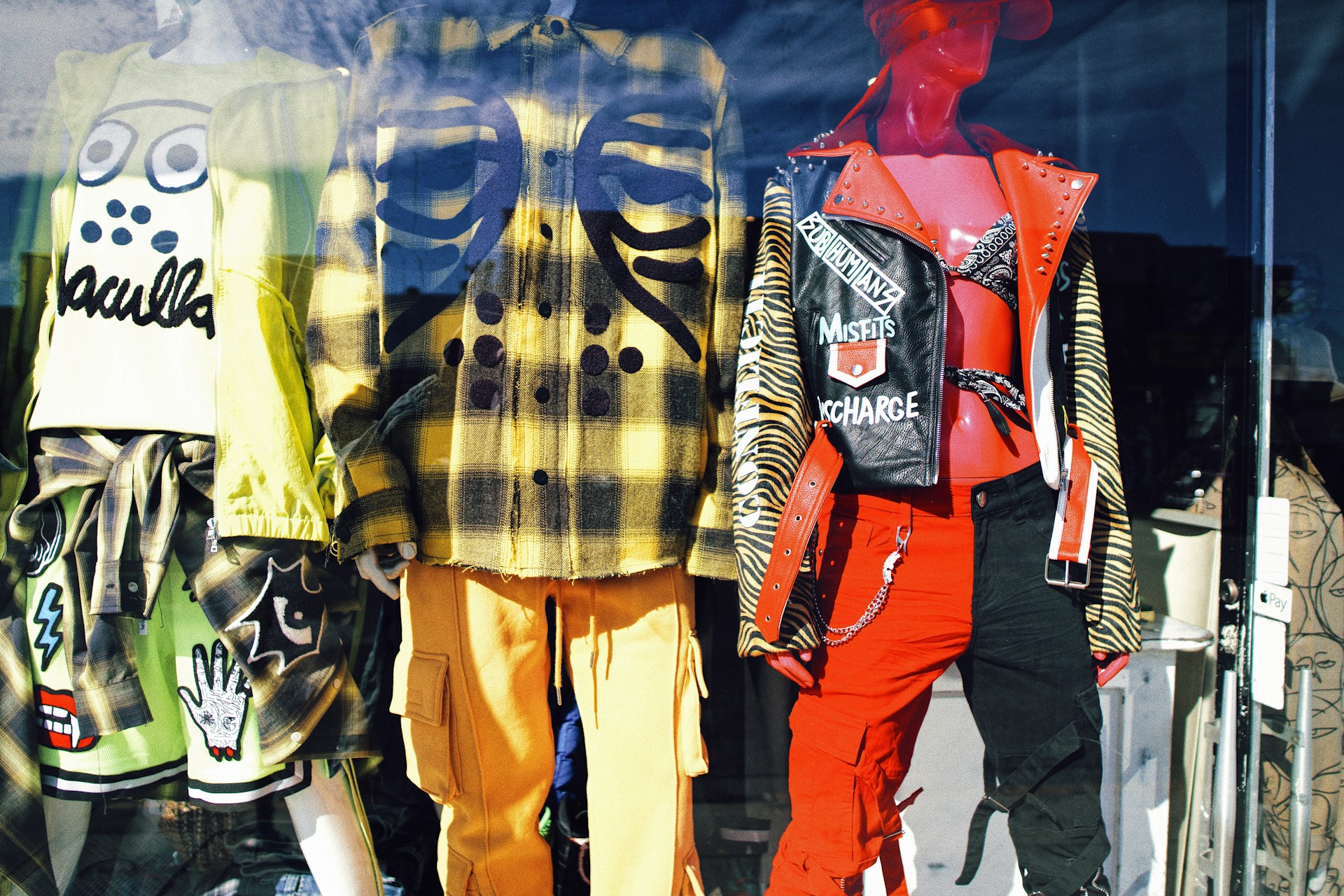It’s April 30th, 2025, and frankly, if we haven’t started taking the environmental impact of our wardrobes seriously, we’re in a spot of bother. Fast fashion, with its siren song of cheap and trendy clothes, has become a monster. A beautiful, alluring monster, perhaps, but a monster nonetheless.
The Allure and the Problem
Think about it: Zara, H&M, Primark. They’re everywhere, tempting us with racks of clothes that cost less than a decent lunch. It’s retail therapy at its finest, or so we tell ourselves. But this constant cycle of buying, wearing a few times, and then discarding is having a devastating effect on our planet. I remember when I was a student at the Academy of Fine Arts, we were taught to value craftsmanship, to create pieces that would last. This whole fast fashion thing? It’s the antithesis of everything I learned. And it’s definitely not very Warsaw.
The Environmental Toll
The numbers are staggering. The fashion industry, largely driven by fast fashion, is responsible for approximately 10% of global carbon emissions. 10%! That’s more than the entire aviation and shipping industries combined. And let’s not even get started on the water consumption. Producing one cotton t-shirt requires around 2,700 liters of water. That’s enough for one person to drink for two and a half years! I mean, come on!
And then there’s the textile waste. Mountains of it. Landfills overflowing with discarded clothing, much of which could have been recycled or repurposed. The synthetic fabrics favored by fast fashion brands, like polyester, don’t biodegrade. They sit there, polluting our planet for centuries. Sometimes, I think back to my grandmother. She had a sewing machine and would mend everything. We need to get back to that mindset.
The Social Cost
It’s easy to get caught up in the environmental arguments, but the social implications of fast fashion are equally disturbing. The low prices we pay for our clothes often come at the expense of garment workers in developing countries, who are often subjected to unsafe working conditions, long hours, and meager wages. I saw a documentary a few years ago about the Rana Plaza collapse in Bangladesh – over 1,100 people died. It haunts me to this day. The human cost is simply unacceptable. It made me want to change my whole approach to fashion.
What Can We Do?
So, what’s a fashion-conscious individual to do? Give up on style altogether? Absolutely not! The key is to be more mindful, more intentional about our choices. We can still enjoy fashion, but we need to do it responsibly.
Embrace Slow Fashion
Think quality over quantity. Invest in timeless pieces that will last for years, not just a season. Look for brands that prioritize sustainability and ethical production practices. Yes, they might cost a bit more upfront, but they’ll save you money in the long run and, more importantly, they’ll be kinder to the planet and its people. I’ve been building a capsule wardrobe for the past few years and it has made such a difference. I have fewer items, but I love them all, and I know they’re made to last. Besides, nothing beats the feeling of wearing something you know was made ethically. Am I right?
Shop Secondhand
Thrift stores, vintage shops, online resale platforms – they’re treasure troves of unique and affordable finds. You can score some incredible pieces for a fraction of the original price, and you’re giving a garment a new lease on life. Plus, it’s a great way to express your individuality and stand out from the fast fashion crowd. Honestly, some of my favorite pieces are vintage finds. There’s something so special about wearing something with a history.
Rent, Don’t Buy
For special occasions, consider renting clothing instead of buying something new. It’s a fantastic way to access high-end designer pieces without the commitment (or the environmental impact) of purchasing. Plus, you get to try out different styles without cluttering your closet. It really is a win-win.
Upcycle and Repair
Learn to sew! Or find a good tailor. Repairing damaged clothing extends its lifespan, and upcycling old garments into something new is a fun and creative way to reduce waste. Turn an old t-shirt into a tote bag, or a pair of jeans into a skirt. The possibilities are endless! And it’s so satisfying to give something a new purpose.
Demand Transparency
Ask brands about their production practices. Where are their clothes made? What materials do they use? Are their workers paid fairly? If they can’t answer these questions, take your business elsewhere. We have the power to hold brands accountable and demand change.
The Future of Fashion
The future of fashion doesn’t have to be bleak. By making conscious choices and supporting sustainable alternatives, we can create a more ethical and environmentally responsible industry. It’s not about giving up on style; it’s about redefining it. It’s about choosing clothes that not only look good but also do good. It’s about creating a wardrobe that reflects our values. And you know what? That’s a lot more stylish than any fast fashion trend. Trust me, I’m from Warsaw. I know style!
So, let’s start today. Let’s be more mindful of the clothes we buy, the brands we support, and the impact our choices have on the world around us. Small steps, beautiful people. Small steps.


